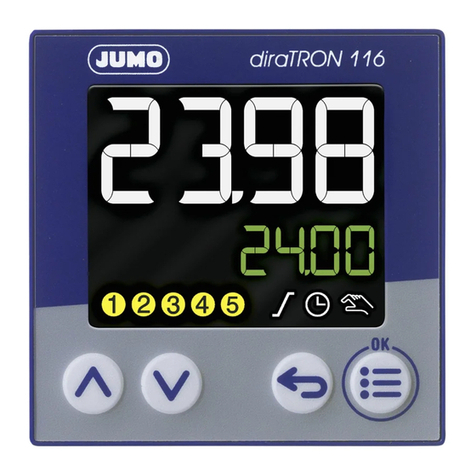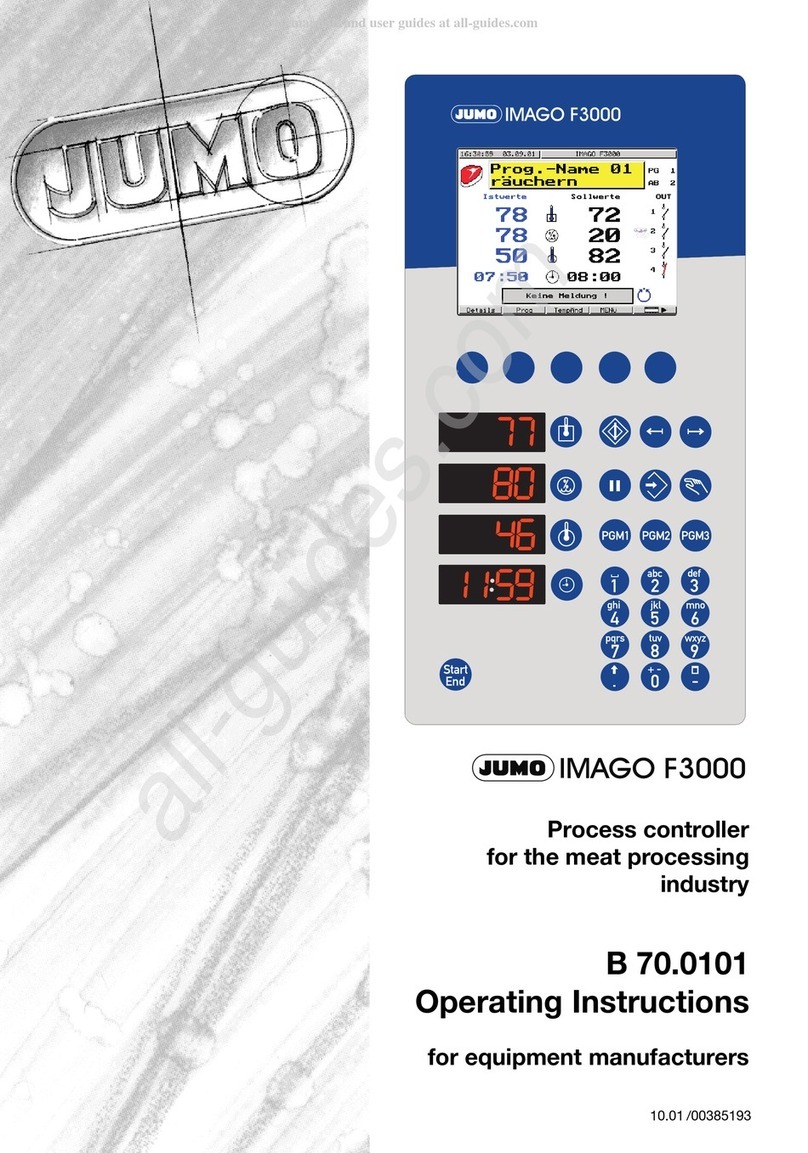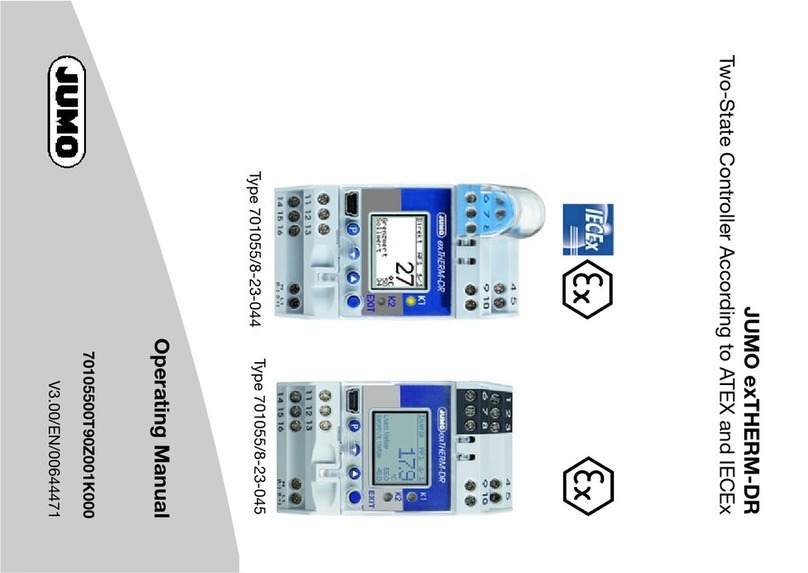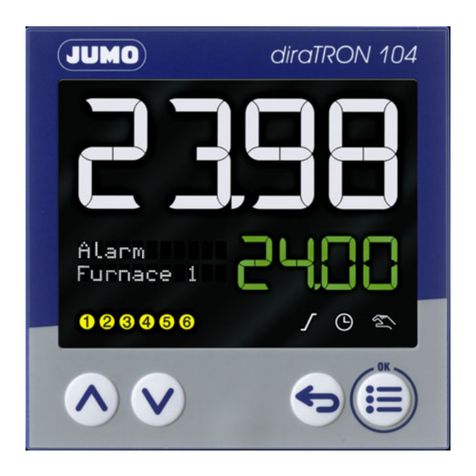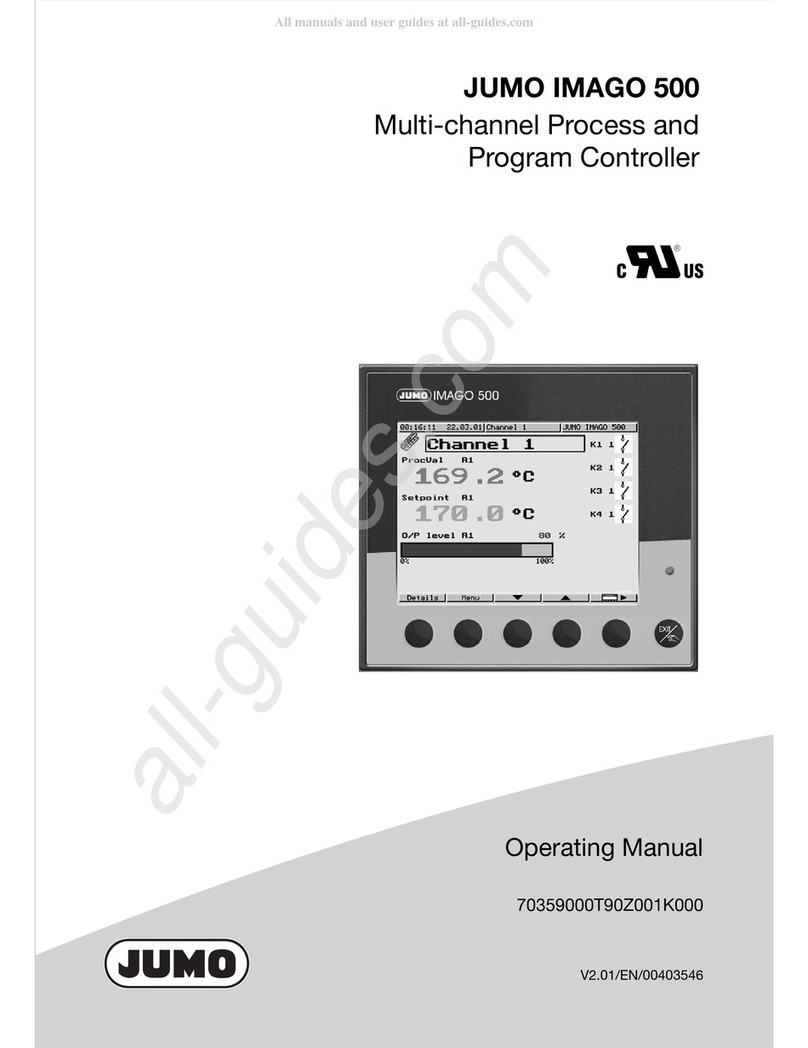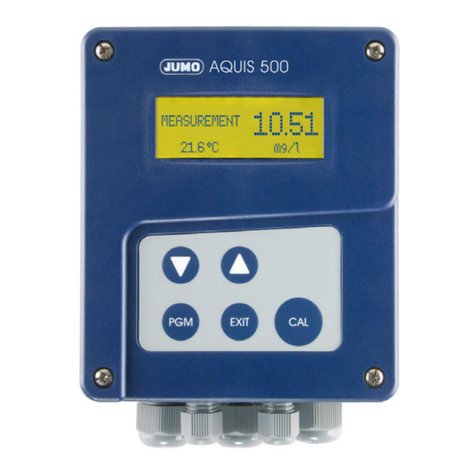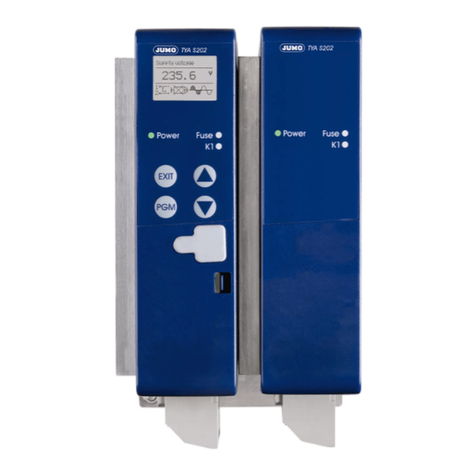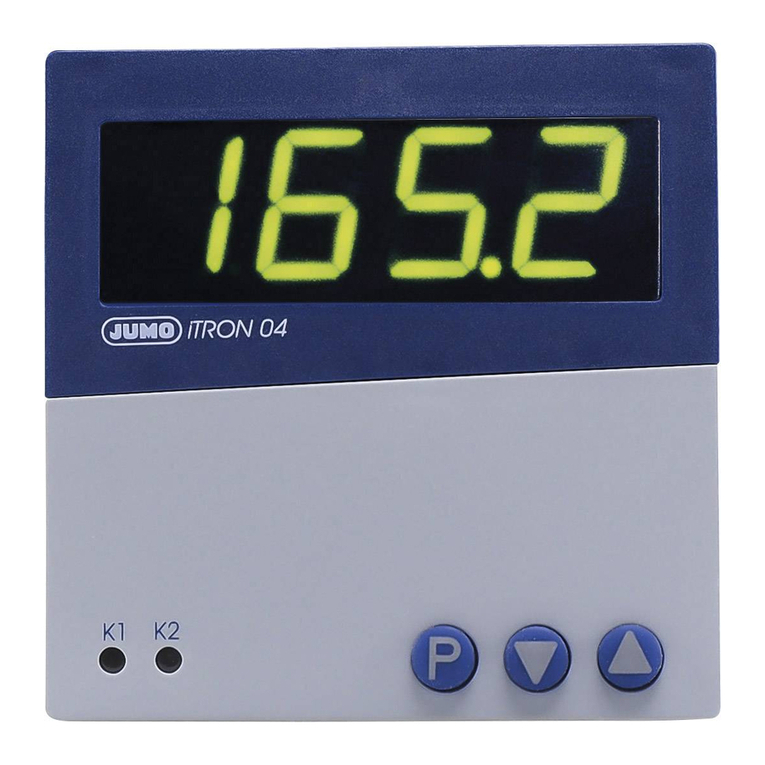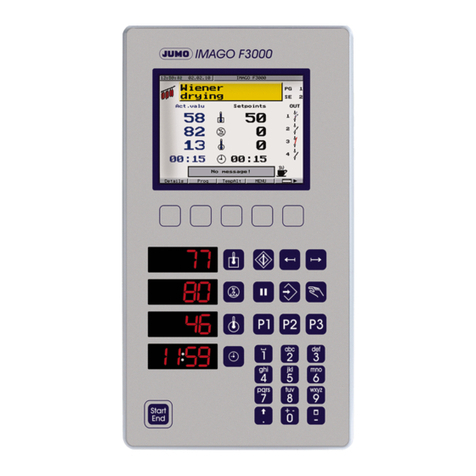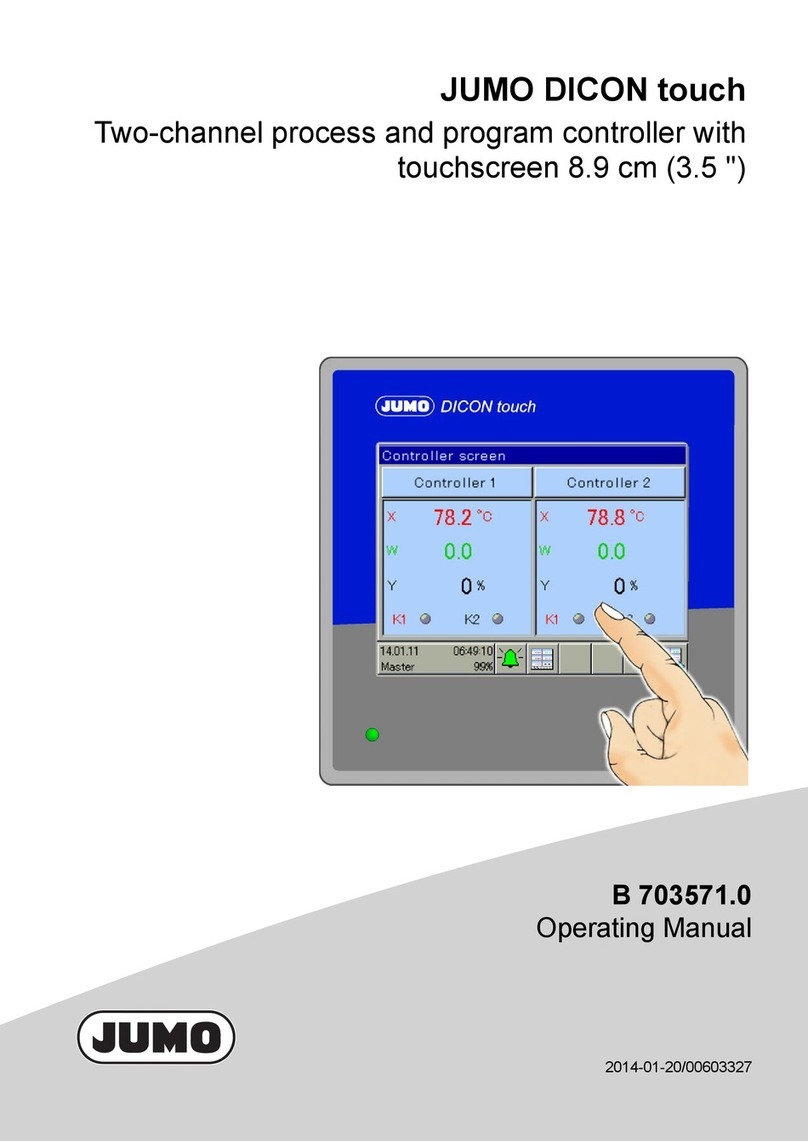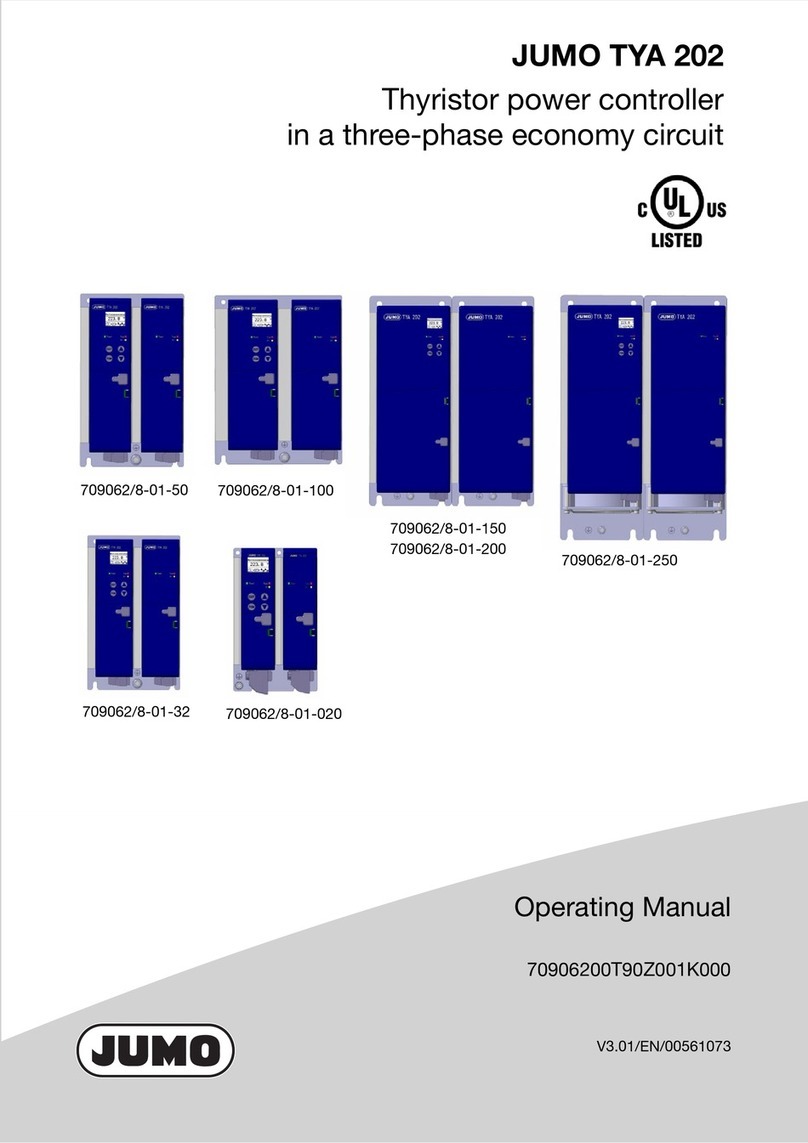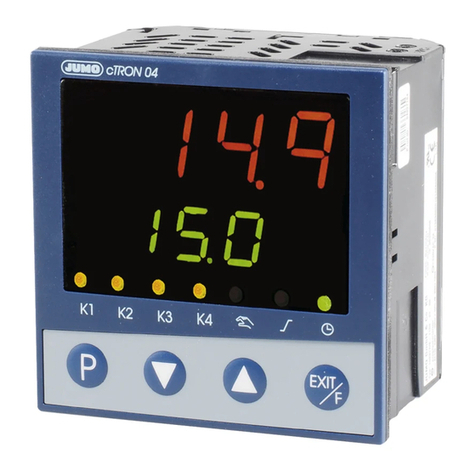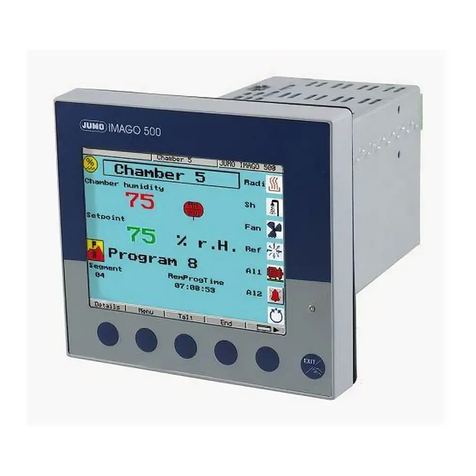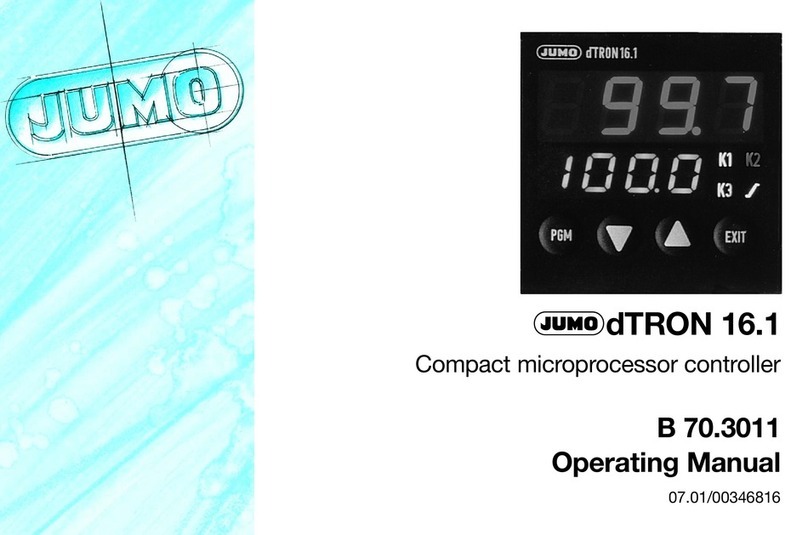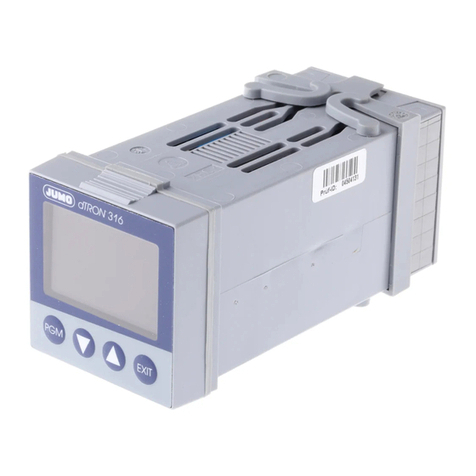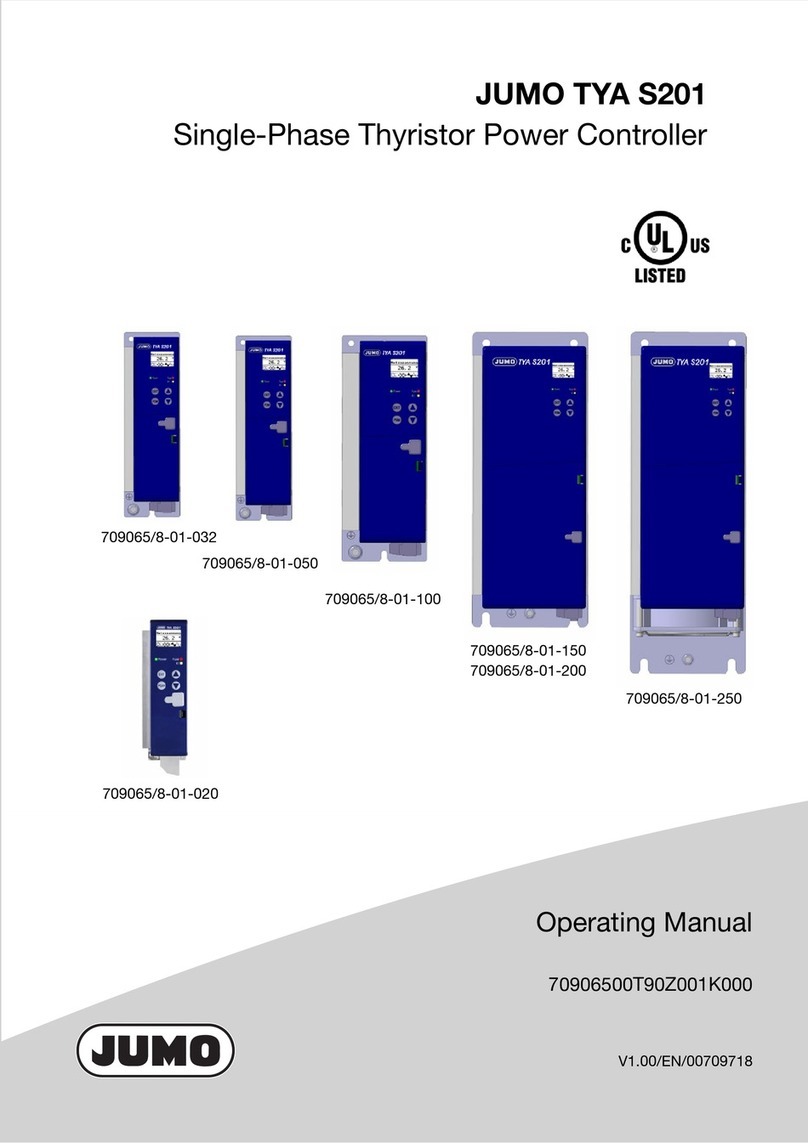
Content
1 Typographical conventions ...................................................... 6
1.1 Warning signs ..............................................................................................6
1.2 Reference signs ...........................................................................................6
2 Description ................................................................................ 7
3 Identifying the device version .................................................. 9
3.1 Nameplate ....................................................................................................9
3.2 Order details .................................................................................................9
3.3 Accessories (included in delivery) ..............................................................11
3.4 Accessories (optional) ................................................................................11
4 Assembly ................................................................................. 12
4.1 General .......................................................................................................12
4.2 Dimensions ................................................................................................12
5 Installation ............................................................................... 13
5.1 Installation instructions ..............................................................................13
5.2 Electrical isolation ......................................................................................14
5.3 Connection .................................................................................................15
5.4 Connecting a pH combination electrode ...................................................20
6 Operation ................................................................................. 23
6.1 Controls ......................................................................................................23
6.2 Display .......................................................................................................24
6.3 Principle of operation .................................................................................25
6.4 Measuring mode ........................................................................................28
6.5 Input/output information ............................................................................29
6.6 User level ...................................................................................................34
6.7 Administrator level .....................................................................................35
6.8 MANUAL mode/Simulation mode ..............................................................37
6.9 HOLD mode ...............................................................................................40
7 Commissioning ....................................................................... 42
7.1 Getting started ...........................................................................................42
7.2 Setting examples .......................................................................................43
8 Calibrating a pH measurement chain ................................... 51
8.1 Notes ..........................................................................................................51
8.2 General information ....................................................................................51
8.3 Zero point (1-point) calibration ...................................................................53
